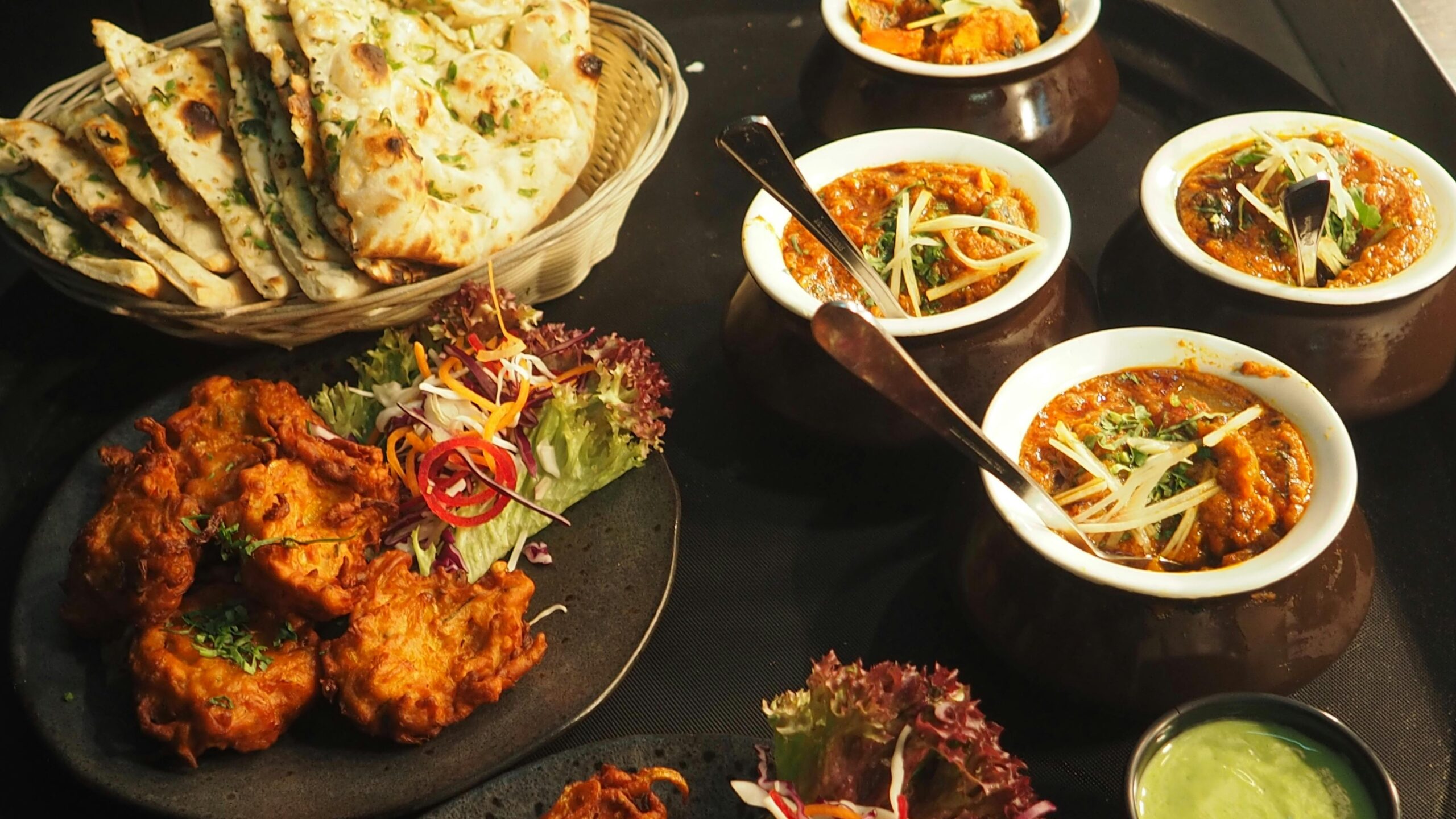Introduction:
Food is a universal language that transcends boundaries, cultures, and continents. One of the most fascinating aspects of food is its journey across borders through trade. From spices that once sparked exploration to delicacies that grace tables around the world, trade food is a testament to the interconnectedness of our world.
The Spice Routes: A Historical Prelude
Trade food has a rich history that dates back centuries. The Spice Routes, which connected the East and the West, were instrumental in the exchange of exotic spices like cinnamon, pepper, cloves, and nutmeg. These precious commodities not only added flavor to dishes but also fueled exploration and trade. The allure of spices spurred voyages of discovery, shaping the course of history and bringing distant lands closer together.
The Silk Road: A Culinary Exchange
The Silk Road, another ancient trade route, facilitated the exchange of goods, ideas, and culture between the East and the West. Alongside silk and precious metals, food played a crucial role in this exchange. Chinese noodles made their way to Italy, while Mediterranean fruits and spices found their place in Asian cuisines. The Silk Road was not just a physical pathway but a cultural bridge that enriched culinary traditions on both ends.
Colonialism and Culinary Conquests
The age of colonialism ushered in a new era of trade food, marked by the exploitation of resources and the forced migration of people. European powers established colonies in distant lands, introducing new crops and ingredients to their colonies while also transporting indigenous foods back to Europe. The potato, native to the Andes, became a staple crop in Ireland, while coffee, originating from Ethiopia, spread across the world through colonial trade networks. However, this exchange was often unequal, with devastating consequences for indigenous populations and ecosystems.
Modern Globalization: A Cornucopia of Flavors
In the modern era, globalization has further accelerated the exchange of trade food on a global scale. Advances in transportation and communication have made it easier than ever for culinary influences to traverse continents. Today, supermarkets are stocked with products from every corner of the globe, allowing consumers to experience a diverse array of flavors without leaving their neighborhoods. Whether it’s sushi in New York City or tacos in Tokyo, trade food has become an integral part of global cuisine.
Challenges and Opportunities
While trade food has brought diverse flavors to our tables, it also presents challenges, including environmental degradation, labor exploitation, and the erosion of cultural diversity. The industrialization of agriculture has led to monoculture farming practices and the loss of traditional food varieties. Moreover, trade imbalances and unfair labor practices in the global food system perpetuate inequality and poverty in many parts of the world.
However, there are also opportunities to create a more equitable and sustainable food system. Initiatives such as fair trade certification and sustainable agriculture practices aim to promote ethical sourcing and support small-scale farmers. Additionally, efforts to preserve traditional culinary knowledge and heritage can help safeguard cultural diversity in the face of homogenizing food trends.
Conclusion
Trade food is a reflection of our interconnected world, where flavors, ingredients, and culinary traditions converge to create a rich tapestry of gastronomic delights. From the ancient Spice Routes to the modern era of globalization, the exchange of food has shaped cultures, economies, and societies. As we savor the flavors of trade food, let us also strive to promote fairness, sustainability, and cultural preservation in our global food system. After all, food is not just sustenance; it is a celebration of our shared humanity.

